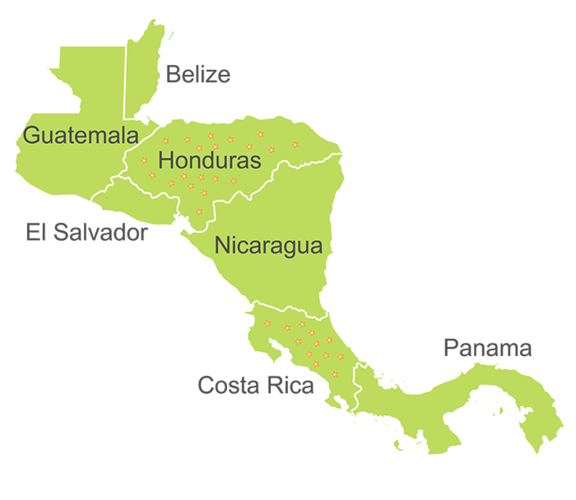| Fernblock (Polypodium leucotomos Extract): Molecular Mechanisms and Pleiotropic Effects in Light-Related Skin Conditions, Photoaging and Skin Cancers, a Review |
Int. J. Mol. Sci. |
Parrado C. et al |
2016 |
Safety and Efficacy of
Oral Polypodium leucotomos Extract
in Healthy Adult Subjects |
J. of clinical & aesthet. Dermatol. |
Nestor et al. |
2015 |
Current knowledge in Polypodium
leucotomos effect on skin protection |
Arch Dermatol Res |
Palomino O.M. |
2014 |
| Cancer: oxidative stress and dietary antioxidants |
J. of clinical & aesthet. Dermatol. |
Parrado C, Juarranz A, Gilaberte Y, Philips N, Gonzales S. |
2014 |
| Role of oral polypodium leucotomos extract in dermatologic diseases: a review of literature |
J Drugs Dermatol |
Choudhry S. Z, Bhatia N, Ceilley R, Hougeier F, Lieberman R, Hamzavi I, Lim H. W. |
2014 |
| PL as an adjunct treatment of pigmentary disorders |
J. Clin. Aesthet. Dermatol. |
Nestor M, Bucay V, Callender V, Cohen J. L, Sadick N, Waldorf H |
2014 |
| Sun protection in a pill: the photoprotective properties of Polypodium leucotomos extract |
Internat J of Dermatol |
El-Haj N.; Goldstein N. |
2014 |
| Effect of appearance-based education compared with health-based education on sunscreen use and knowledge: A randomized controlled trial |
J Am Acad Dermatol |
Tuong W., Armstrong A.W. |
2014 |
| Photoprotection |
J Am Acad Dermatol |
Jansen R, Wang S.Q, Burnett M, Osterwalder U, Lim H.W. |
2013 |
| Photobilology, photodermatology and sunscreens: a comprehensive overview |
G Ital Dermatol Venerol |
Celleno L, Bussoletti C, Arisi M.C, Sala R, Calzavara-Pinton P. |
2013 |
| Nutritional clinical studies in dermatology |
J Drugs Dermatol |
Liakou A. I, Theodorakis M. J, Melnik B. C, Pappas A, Zouboulis C.C. |
2013 |
The use of botanically derived agents for
hyperpigmentation: A systematic review |
J Am Acad Dermatol |
Fisk W. A, Agbai O, Lev-Tov H. A, Sivamani R. K. |
2013 |
| Nutritional Clinical studies in dermatology |
J. Drugs in Dermatol. |
Aikaterini I.L, Theodorakis M.J, Melnik B.C, Pappas A, Zouboulis C.C. |
2013 |
| Oral administration of a hydrophilic extract of Polypodium leucotomos for the prevention of polymorphic light eruption. |
Journal of the American Academy of Dermatology, Vol. 66 No. 1 |
Tanew A. et al. |
2012 |
| Fernblock, a Nutriceutical with Photoprotective Properties and Potential Preventive Agent for Skin Photoaging and Phontoinduced Skin Cancers |
International Journal of Molecular Sciences, 12, 8466-8475 |
González S. et al. |
2011 |
| Current Trends in Photoprotection - A New Generation of Oral Photoprotectors |
The Open Dermatology Journal, Vol. 5, 1-9 |
González S. et al. |
2011 |
| Oral polypodium leucotomos extract photoprotective activity in 57 patients with idiopathic photodermatoses. |
Giornale Italiano di Dermatologia e Venereologia, Vol. 146 No. 2, 85-87 |
Caccialanza M., Recalcati S., Piccinno R. |
2011 |
| Mechanistic insights in the use of a Polypodium leucotomos extract as an oral and topical photoprotective agent. |
Photochemical and Photobiological Sciences, 9, 559–563 |
González S., Gilaberte Y., Philips N. |
2010 |
| Polypodium leucotomos extract: A natural antioxidant and photoprotective tool for the management of UV-induced skin damage and phototherapy. |
Cosmetic Dermatology, Vol. 22, No. 12 |
González S. |
2009 |













